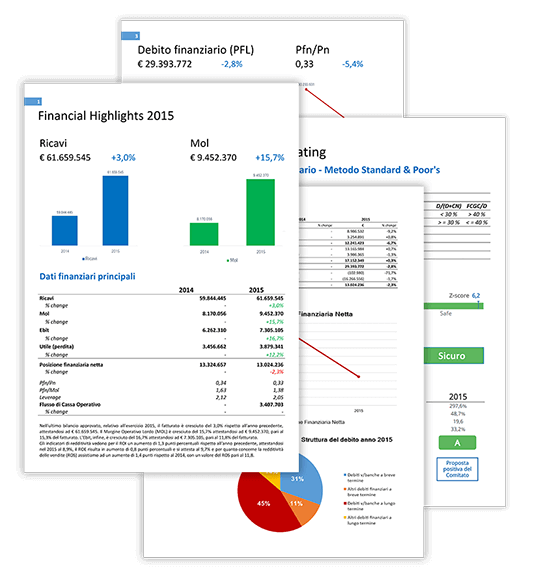
In today’s digital age, the realm of finance has witnessed significant advancements. However, along with the convenience and efficiency of modern banking comes the potential for misuse and deception. One such concerning practice is the creation of fake business bank statements. In this article, we will delve into the depths of this issue, understanding what fake business bank statements are, why they are created, the risks associated with them, and how to safeguard your financial interests.
Business bank statements serve as a vital financial document, reflecting a company’s financial health and transactions over a specific period. They are used for various purposes, such as applying for loans, filing taxes, or attracting potential investors. However, the advent of technology has made it easier for individuals and businesses to manipulate these statements, creating counterfeit documents for ulterior motives.
Understanding Fake Business Bank Statements
Fake business bank statements are counterfeit documents that resemble genuine bank statements but contain fabricated information. These statements may show inflated account balances, fictitious transactions, or altered financial data. They are typically created with the intent to deceive, mislead, or commit fraudulent activities.
Why are Fake Business Bank Statements Created?
Several reasons drive individuals or entities to create fake business bank statements. Some common motives include:
- Loan Approval: Some businesses may resort to falsifying bank statements to secure loans or credit lines that they would not qualify for with accurate financial records.
- Tax Evasion: Altering bank statements can help in underreporting income, reducing tax liabilities, and evading tax payments.
- Attracting Investors: Startups or struggling businesses may create fake statements to attract potential investors by inflating their financial health.
- Covering Up Financial Mismanagement: Companies facing financial troubles may use fake bank statements to hide poor financial performance.
Read it: Why does One Wish to Publish A Paper?
Detecting Fake Business Bank Statements
Detecting fake bank statements requires a keen eye for detail. Some signs that may indicate a statement is fake include:
- Inconsistent Formatting: Genuine bank statements usually follow a consistent format. Any deviation may indicate tampering.
- Altered Figures: Check for discrepancies in numbers, such as altered balances or transaction amounts.
- Missing Watermarks or Logos: Authentic bank statements often include watermarks, logos, or security features that are challenging to replicate.
- Unusual Transactions: Review the transaction history for any irregularities, such as unexpected large transfers or withdrawals.
Protecting Your Business Against Fraud
To safeguard your business against fraudulent activities involving fake bank statements, consider implementing these measures:
- Regularly Review Bank Statements: Routinely review your genuine bank statements to identify any discrepancies promptly.
- Educate Employees: Ensure that your employees are aware of the risks associated with fake bank statements and the importance of reporting any suspicious activity.
- Use Secure Channels: Utilize secure communication channels when sharing financial information or statements.
The Legal Implications
Engaging in the creation or use of fake business bank statement can lead to severe legal consequences. Depending on your jurisdiction, penalties may include fines, imprisonment, or both. It is crucial to consult legal counsel if you suspect fraudulent activities within your organization or have unknowingly become a victim.
Read it: Best International Bank of Southern California
Conclusion
In a world where financial transparency is paramount, the creation and use of fake business bank statements undermine trust and integrity. Businesses must maintain the highest ethical standards when handling financial matters. Being vigilant, educating employees, and seeking legal advice when necessary are essential steps in combating fraudulent activities related to bank statements.
FAQs
- What are the legal consequences of using fake bank statements? Using fake bank statements can result in severe legal penalties, including fines and imprisonment, depending on the jurisdiction and the nature of the fraud.
- How can I protect my business from fake bank statements? To protect your business, regularly review genuine bank statements, educate employees about the risks, and use secure channels for financial communications.
- What should I do if I suspect fraudulent activities within my organization? If you suspect fraudulent activities within your organization, consult legal counsel immediately to assess the situation and take appropriate action.
- Are there any red flags to look for in bank statements that may indicate fraud? Yes, red flags include inconsistent formatting, altered figures, missing watermarks or logos, and unusual transactions in bank statements.
- Why is financial transparency crucial for businesses? Financial transparency is essential as it builds trust among stakeholders, including investors, lenders, and customers. It also helps in maintaining a business’s reputation and integrity.



